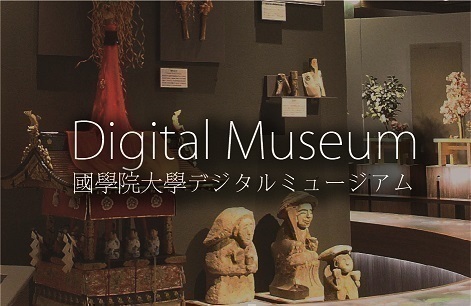- トップ
- Encyclopedia of Shinto
- Kurozumikyō
Encyclopedia of Shinto
| Main Menu: | |
| Links: |
詳細表示 (Complete Article)
| カテゴリー1: | 8. Schools, Groups, and Personalities |
|---|---|
| カテゴリー2: | Modern Sectarian Groups |
| Title | Kurozumikyō |
| Text | One of the thirteen sects of prewar Shinto, Kurozumikyō is considered one of the earliest Shinto-derived new religions. Its founder, Kurozumi Munetada (1780-1850), was born as the third son of a senior Shinto priest (negi) at a shrine in Bizen (present-day Okayama Prefecture). From the outset, Munetada was very devout, but in 1814, on recovering from illness, he experienced a religious conversion known in the movement as tenmei jikiju, or "direct receipt of the heavenly mission." In the next year he began his religious activities, centered on preaching and healing rites, gradually increasing his followers as a result. His preaching was characterized by his way of speaking about whatever came to his mind, and was thus often freely structured. Many of Kurozumi's disciples were of the warrior (samurai) class, and the movement widely included educated members of society. After his death, his teachings were disseminated widely through to the efforts of followers known as the "six high disciples," including Ishio Kansuke, Kawakami Tadaaki, Tokio Munemichi, Akagi Tadaharu, Hoshijima Ryōhei, and Morishita Keitan. According to one report, the movement had attracted some 100,000 followers by the end of the Tokugawa period. Following the Meiji Restoration, the movement was granted recognition as the Kurozumi Kōsha (confraternity) in 1872, and, in 1876, it was recognized as the Shintō Kurozumiha ("Kurozumi branch of Shinto"), the first of the sect Shinto (Kyōha Shintō) groups to acquire independence in this way. Munetada's grandson, Kurozumi Muneatsu (1848-89) took office as the group's first official head priest (kanchō). In 1885 Kurozumikyō opened the Munetada Shrine in Okayama City. The group attracted increasing membership until the mid-Meiji period (i.e., up to the 1890s), after which it entered a period of stagnation. In 1950, during the era of the fifth head (kanchō), Kurozumi Munekazu (1905-73), the movement's regulations were revised, and the title of its leader was changed from kanchō (director) to kyōshu (doctrinal leader). The present leader (kyōshu), Kurozumi Muneharu (1937- ) is a graduate in philosophy from Kyoto University, and has also directed the movement's energies toward cultural activities. Kurozumikyō's teachings center around seven principles established by Munetada, collectively known as the Nichinichi kanai kokoroe no koto ("principles of everyday household life"), but the songs that he composed from time to time are also considered significant as teachings. Munetada's thought has often been evaluated for its revolutionary aspects when viewed in the context of the feudal social conditions of his times. Since it developed in western Japan, and especially in the Okayama region, the group's current branch churches are also mainly centered in western Japan, especially in the Chugoku and Shikoku regions. See also Kurozumi Munetada - Inoue Nobutaka |




